Lipedema is an abnormality of the subcutaneous adipose [fat] tissue. Let me explain this a bit more. Adipose Tissue is the body principle structure for long term energy/calorie storage. But not all adipose tissue is the same. Still not sure what is lipedema fat and what is normal fat? Read on below.
There are four different kinds of adipose tissue. There is what I call essential adipose tissue which is the fat that is in your organs, bone marrow, and the like that is necessary for proper metabolic function. That is to say, there is a minimum amount of fat that is needed in organs like liver, kidney, and bone marrow for them to function properly.
The second type of adipose tissue is visceral fat. Visceral fat, which is the fat that is inside the abdominal cavity is the most metabolically active and sensitive fat depot to calorie balance changes. Visceral fat expands easily when there is excess calories and contracts when the body has a net calorie deficit.
The third fat depot is subcutaneous fat, the fat that is between the skin and muscle. This is the layer of fat attached to the underside of the skin or hypodermis, that is necessary to cushion our bodies and retain heat. It is less metabolically sensitive than visceral fat.
The fourth type of fat is hormone-dependent subcutaneous fat, also known as gynoid fat which is the fat that females accumulate and creates their secondary sexual characteristics. This is the fat that forms breast, hip, and inner thigh curves. It starts at puberty under the influence of estrogen and progesterone and is what gives the feminine shape to female’s bodies. This fourth fat depot is even less metabolically active than visceral or regular subcutaneous fat and this the fat that is affected by lipedema.
New Insights Into Lipedema Fat Cells & Tissue tw ds 12_28_21 (1)
Changes in Body Fat Composition in Lipedema with Weight Loss
On the left side of the slide below, you can see graphs that show individuals with lipedema have a greater percentage of total body fat measured by DEXA scans compared to BMI matched individuals who meet the classical definition of obesity. The individuals with lipedema were able to lose weight and decrease the percent of total body fat. However, the change in percent of total body fat was significantly less in individuals with lipedema compared to BMI matched obese controls with weight loss. In other words, obese individuals with weight loss are able to significantly decrease their percent total body fat but lipedema individuals did not with the same amount of weight loss.
On the right side of the slide below graphs, the changes in leg fat measured by DEXA scans in classically obese compared to individuals with lipedema. The top right graph shows that both classically obese and individuals with lipedema lost fat in their legs. The decrease in fat was statistically significant in an individual with classical obesity. The percent of fat in the legs was not significantly changed in individuals with lipedema.


Changes in Plasma Glucose with Weight Loss in Lipedema.
The slide below shows graphs of plasma glucose levels fast and after an oral glucose challenge. OGTT]. Prior to weight loss individuals with lipedema have a slightly lower fast blood sugar 95 compared to BMI matched classically obese individuals 106. The patients with lipedema also had lower blood sugars 2 hours after consuming a high glucose drink 146 compared to matched classically obese individuals 179. After weight loss, the lipedema patient’s blood sugars were lowered further. With weight loss, the obese matched individuals lowered and improved their blood sugars, but didn’t quite reach the level of lipedema individuals even prior to their weight loss.
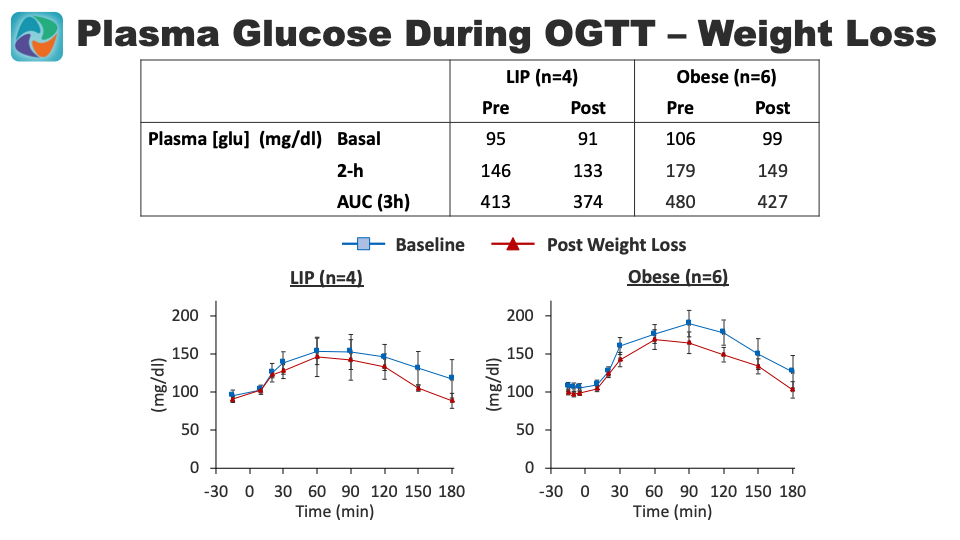

What is Lipedema Fat? How is it Different from Normal Fat?
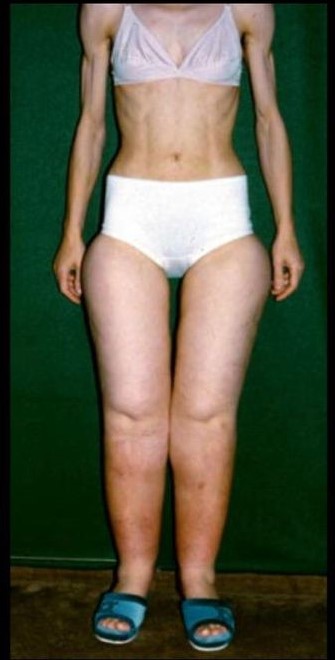

Lipedema fat is the least responsive to calorie balance deficits. In other words, this type of adipose tissue is very resistant to weight loss. This means that when weight loss occurs in a patient with lipedema, the other fat depots will be much more affected than the fat deposits where the lipedema exists. An individual will lose visceral fat and subcutaneous fat in areas not affected by lipedema, but very little fat in the lipedema affected areas.
To prove this point, I have attached a picture of a lady who is malnourished and underweight yet still has gynoid fat on her legs consistent with lipedema. This is the clearest visual example of the metabolic resistance of the fat of lipedema. We don’t know if the metabolic difference of lipedema fat is the cause of lipedema or it is the result of the change from lipedema but it is one hallmark of the diagnosis of lipedema.
NOTE: Lipedema is pronounced and spelled in several different ways. It is pronounced as lip-edema and lipo-edema – it can also be spelled lipedema, lipoedema, lipoedema, and Lipödem. The spelling is all correct but one or two spellings are predominantly used in different countries.
New Insights into the Fat Cells and Tissue of Lipedema Patients
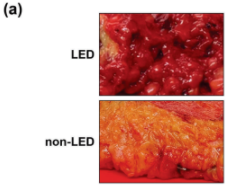

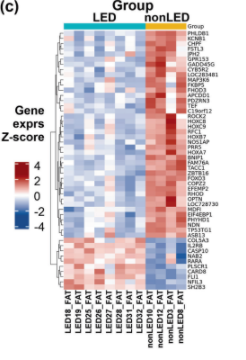

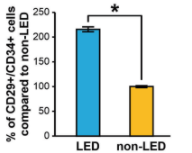

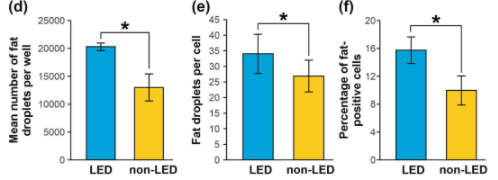

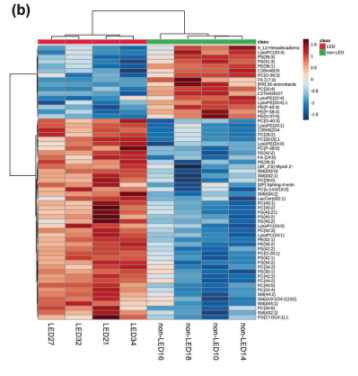

state compared to those from BMI-matched patients.
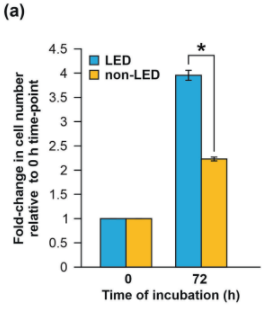

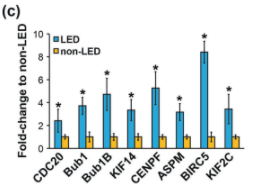

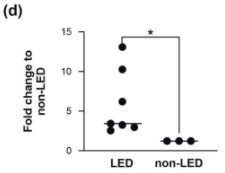

Lipedema: A Relatively Common Disease with Extremely Common Misconceptions Donald W. Buck, II, MD corresponding author* and Karen L. Herbst, MD, PhD† PMID: 27757353
Plast Reconstr Surg Glob Open. 2016 Sep; 4(9): e1043. Published online 2016 Sep 28. doi: 10.1097/GOX.0000000000001043. PMCID: PMC5055019







